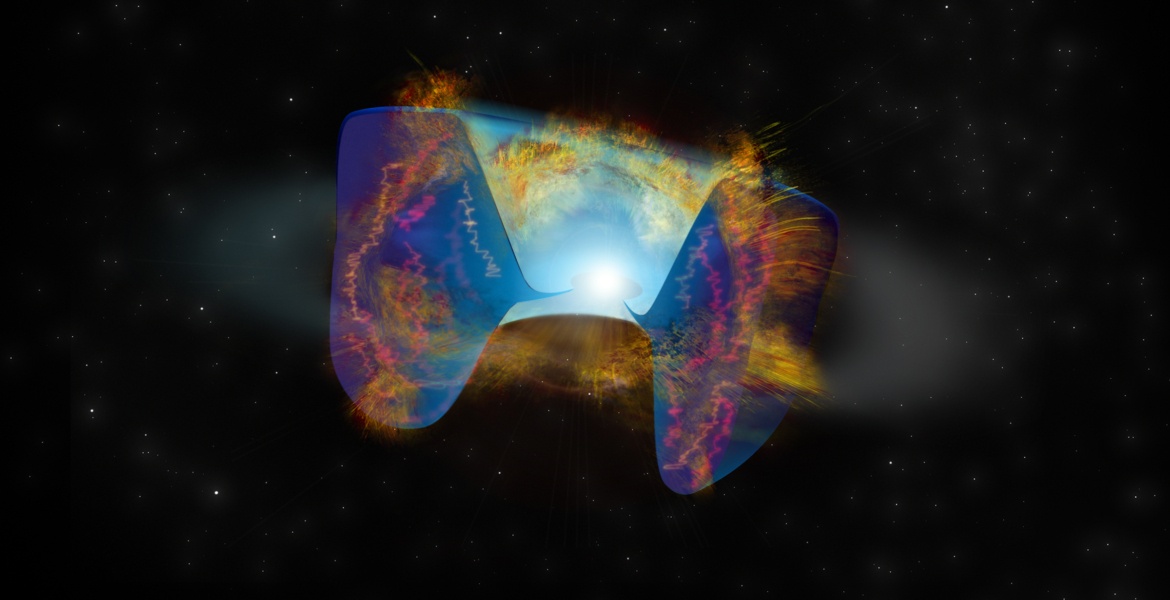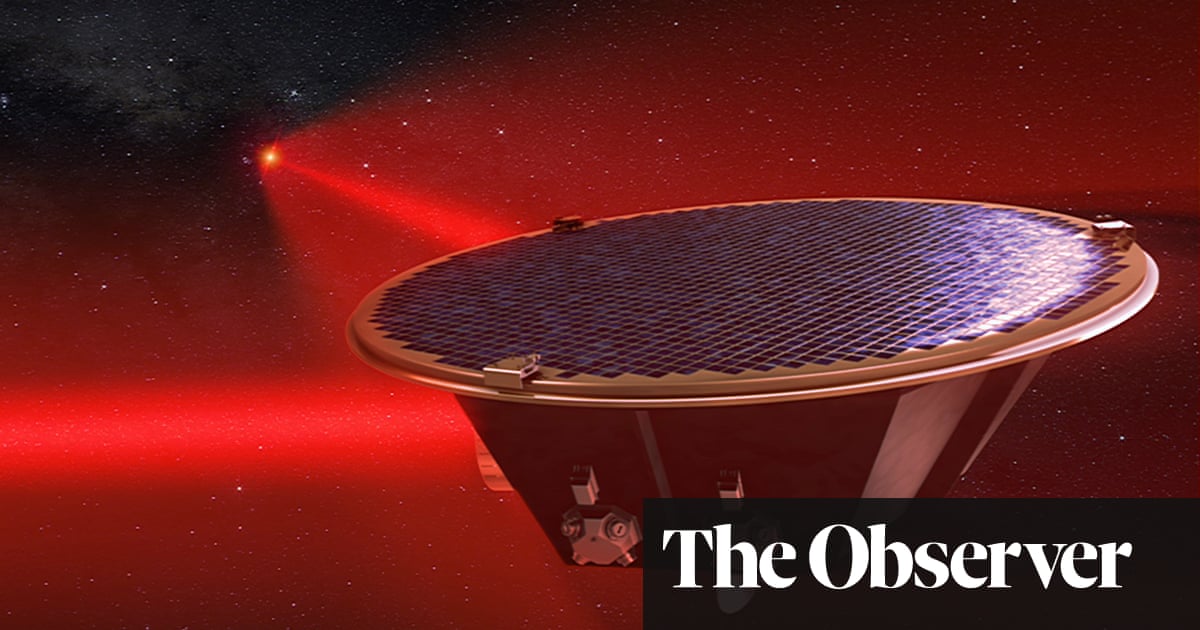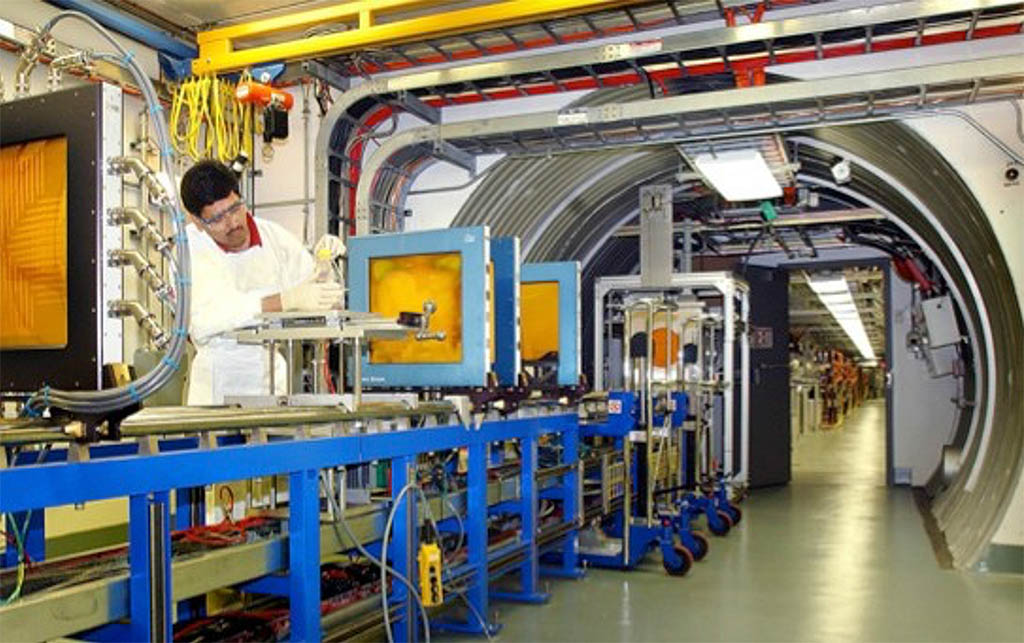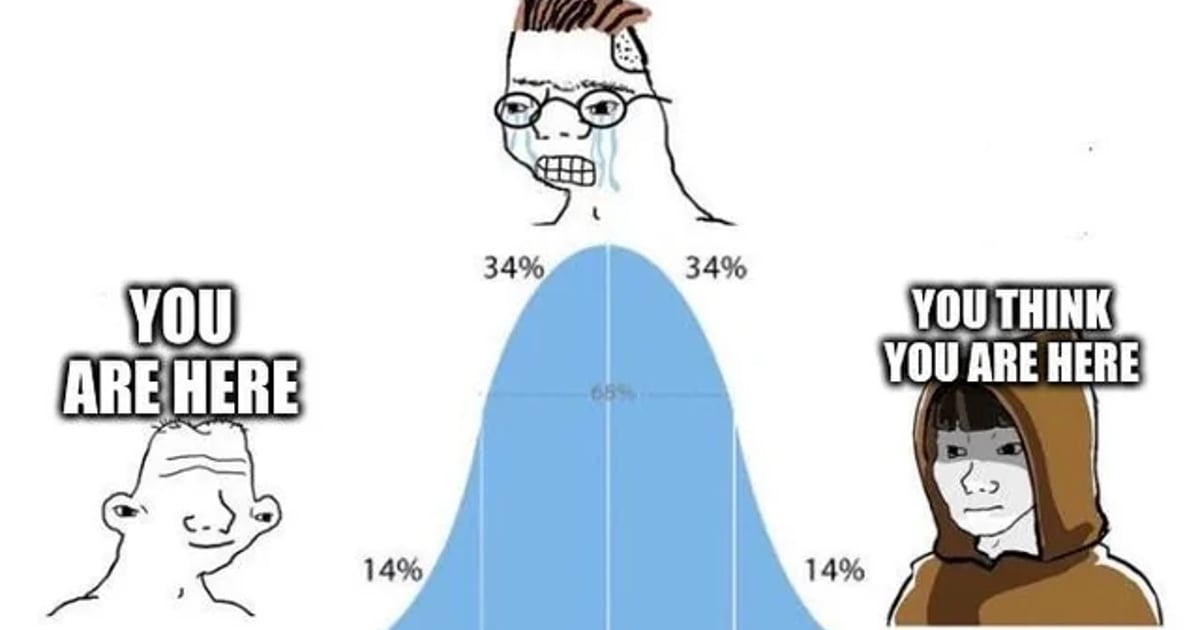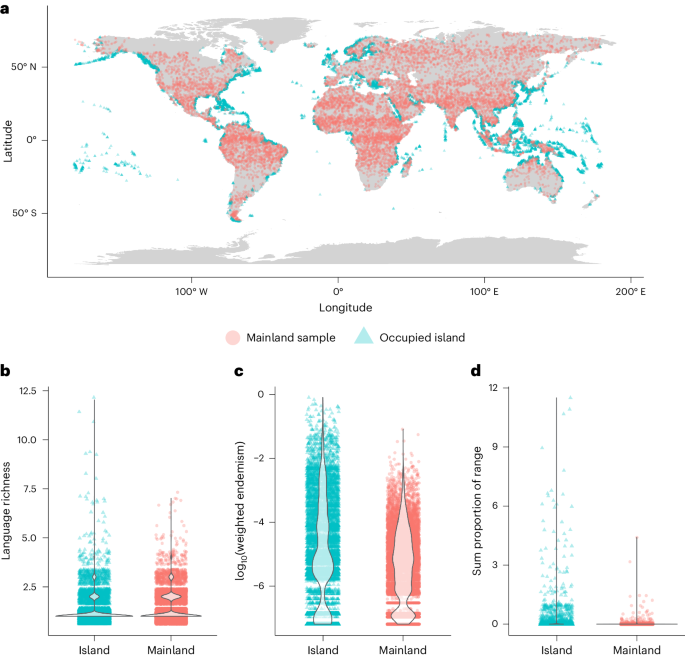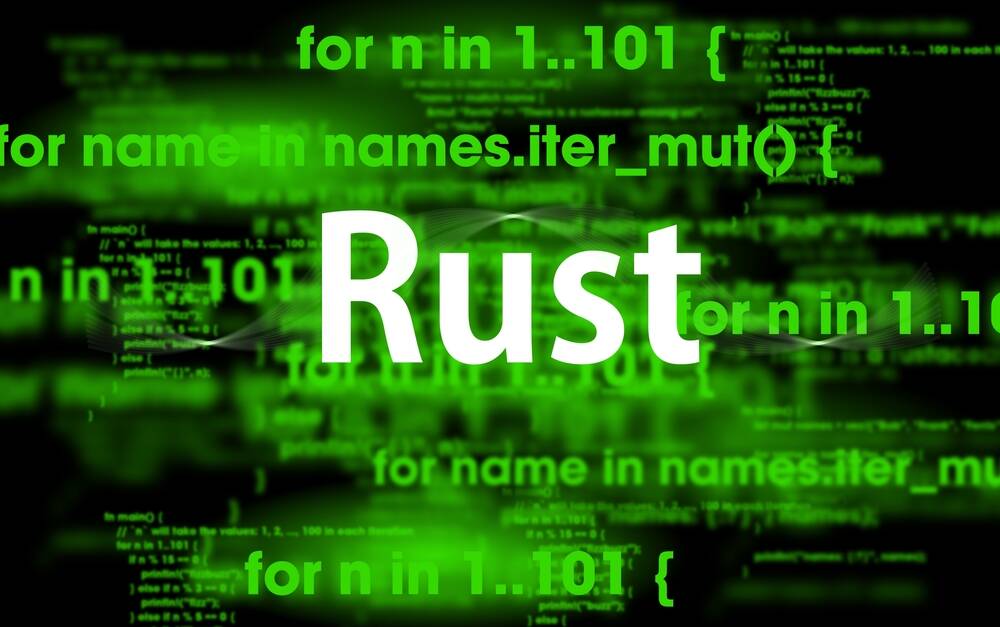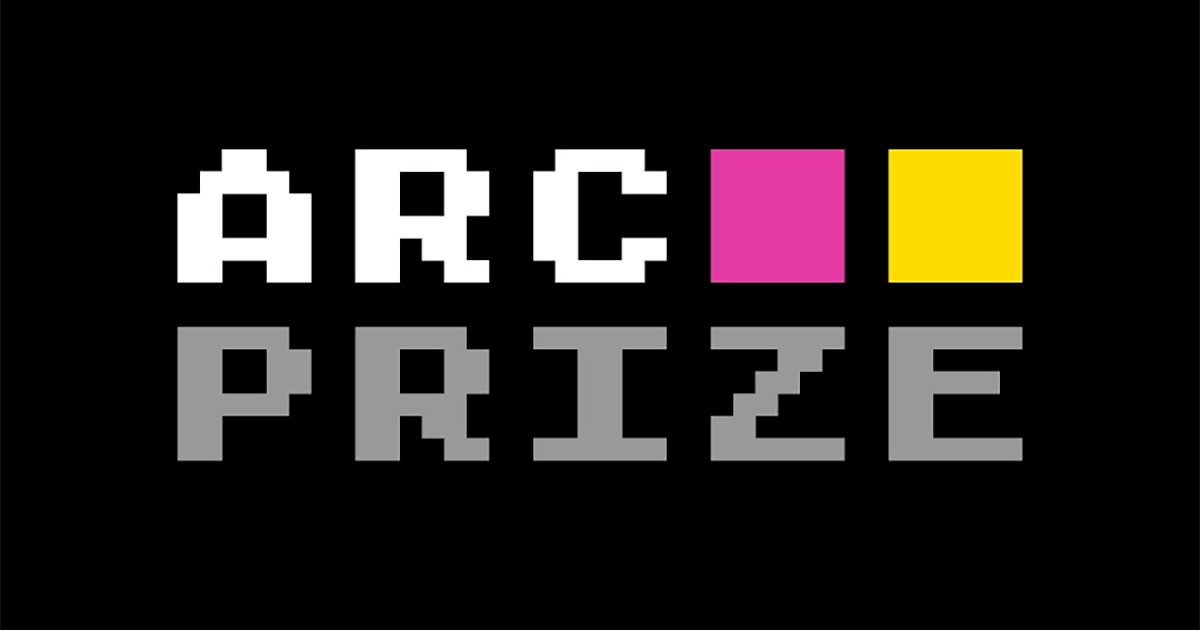
Scientists could make blazing-fast 6G using curving light rays
The future of cellular data transfer could lie in "curving" light beams midair to deliver 6G wireless networks with blazing-fast speeds — bypassing the need for line of sight between transmitter and receivers.
In a new study published March 30 in the journal Nature's Communications Engineering, researchers explained how they developed a transmitter that can dynamically adjust the waves needed to support future 6G signals.
The most advanced cellular communications standard is 5G. Expected to be thousands of times faster, 6G will begin rolling out in 2030, according to the trade body GSMA. Unlike 5G, which mostly operates in bands under 6 gigahertz (GHz) in the electromagnetic spectrum, 6G is expected to operate in sub-terahertz (THz) between 100 GHz and 300 GHz, and THz bands — just below infrared. The closer this radiation is to visible light, the more prone the signals are to be blocked by physical objects. A major challenge with high-frequency 5G and future 6G is that signals need a direct line of sight between a transmitter and receiver.
But in the experiments, the scientists showed that you can effectively "curve" high-frequency signals around obstacles such as buildings.


